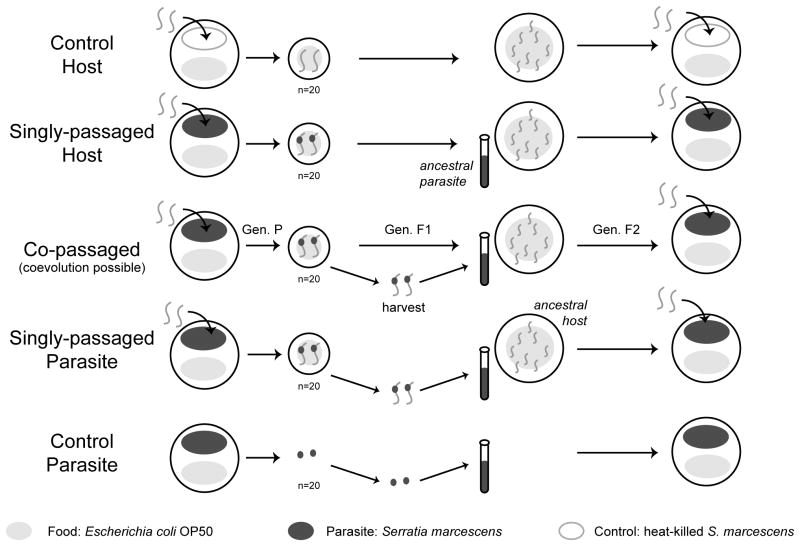Figure 1. Experimental evolution design.
Five experimental evolution treatments were established to evaluate the role of coevolution in the evolution of host-parasite antagonism. Selection for the ruby-throated phenotype was performed on Serratia Selection Plates (SSPs). Twenty ruby-throated adults were then transferred to new plates to reproduce. In the co-passaged treatment, in which coevolution was possible (center row), both the F1 ruby-throated hosts and parasites were propagated for an additional generation. F2 hosts and parasites were then combined on a new SSP for the next generation of selection. In the singly-passaged treatments, ruby-throated hosts (2nd row) and parasites (4th row) were passaged with static ancestral parasite andhost populations, respectively. In the control treatments, healthy hosts (1st row) and free-living parasites (5th row) were passaged in the absence of live parasites or hosts, respectively.

